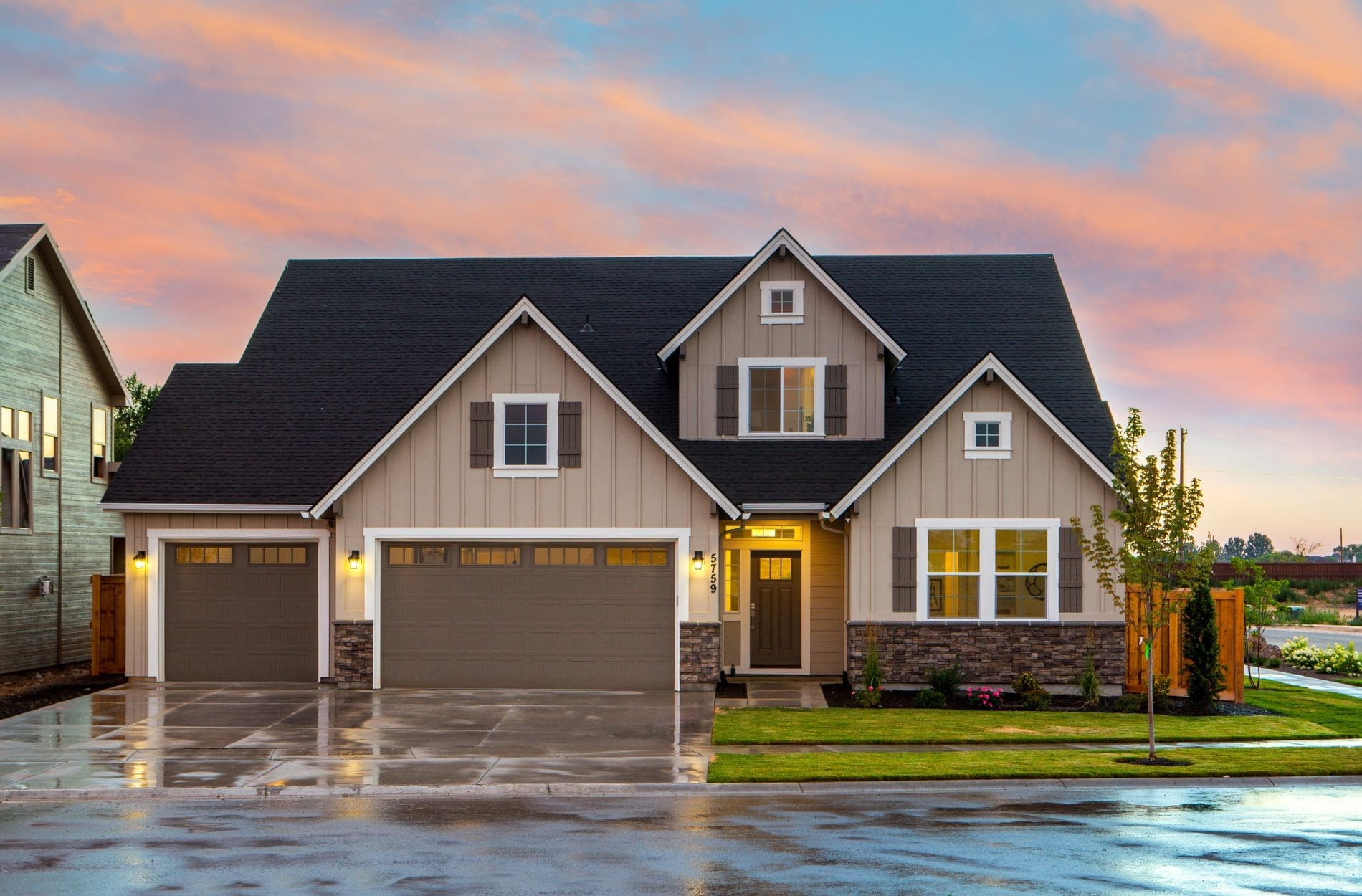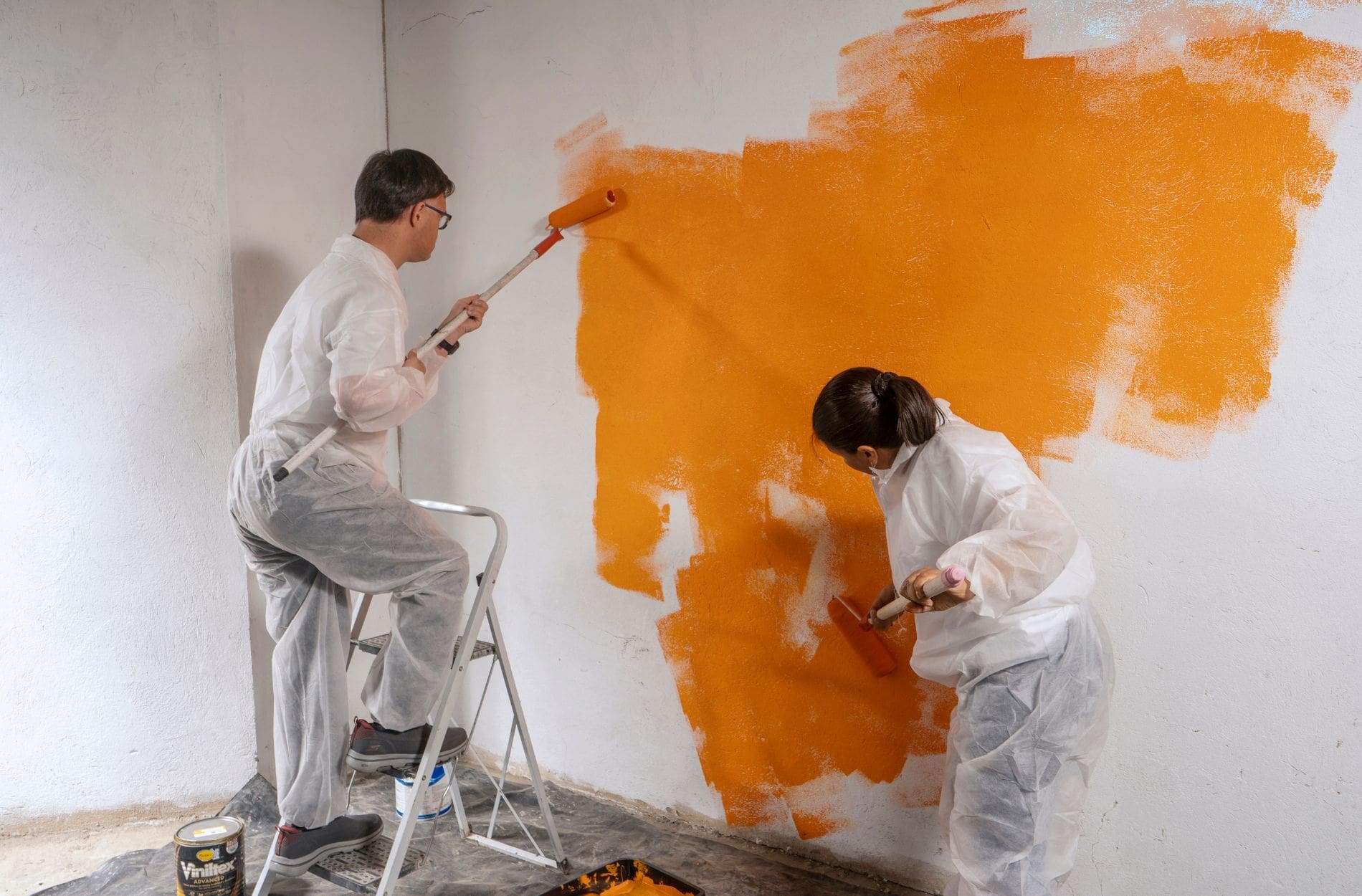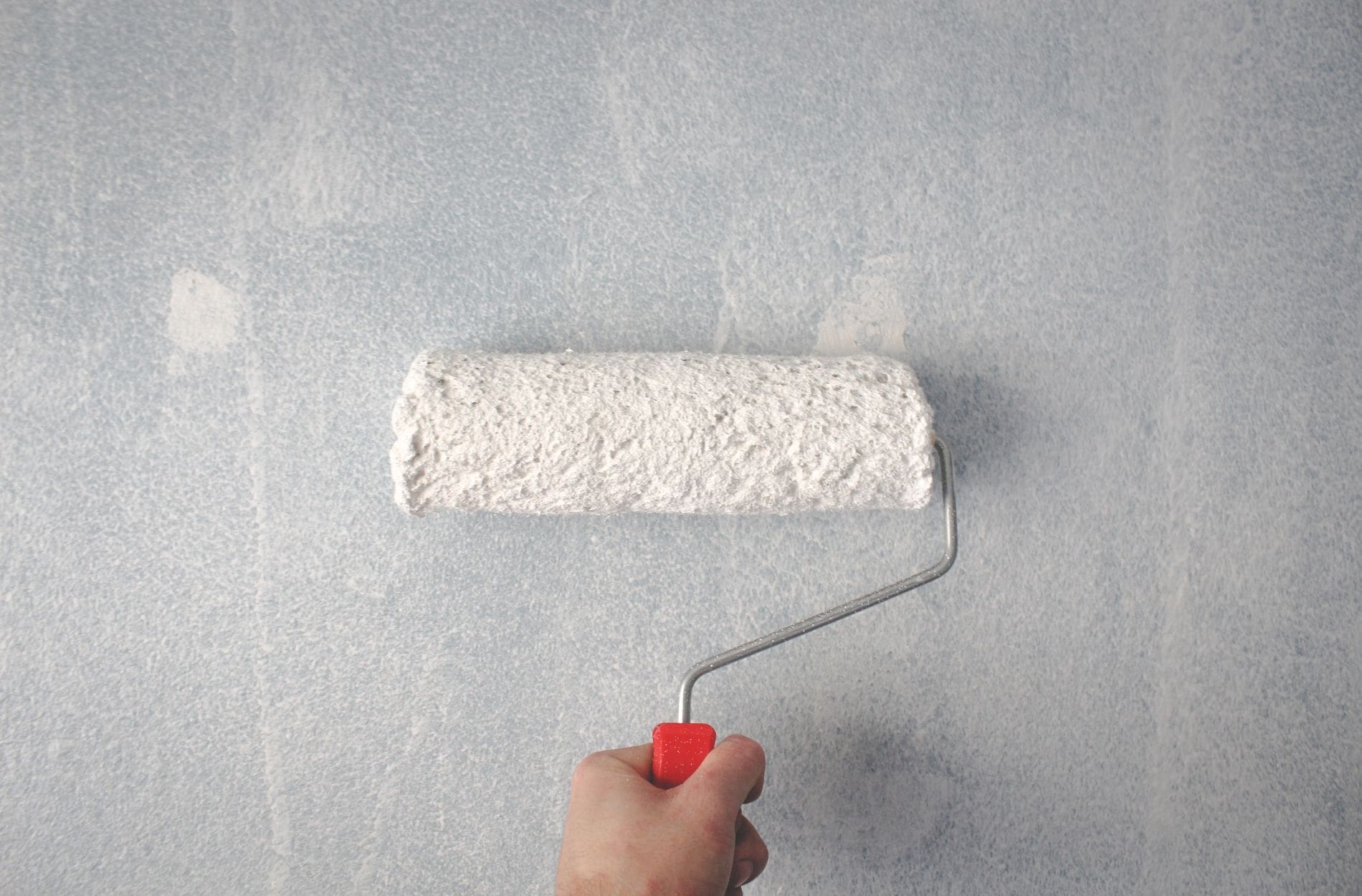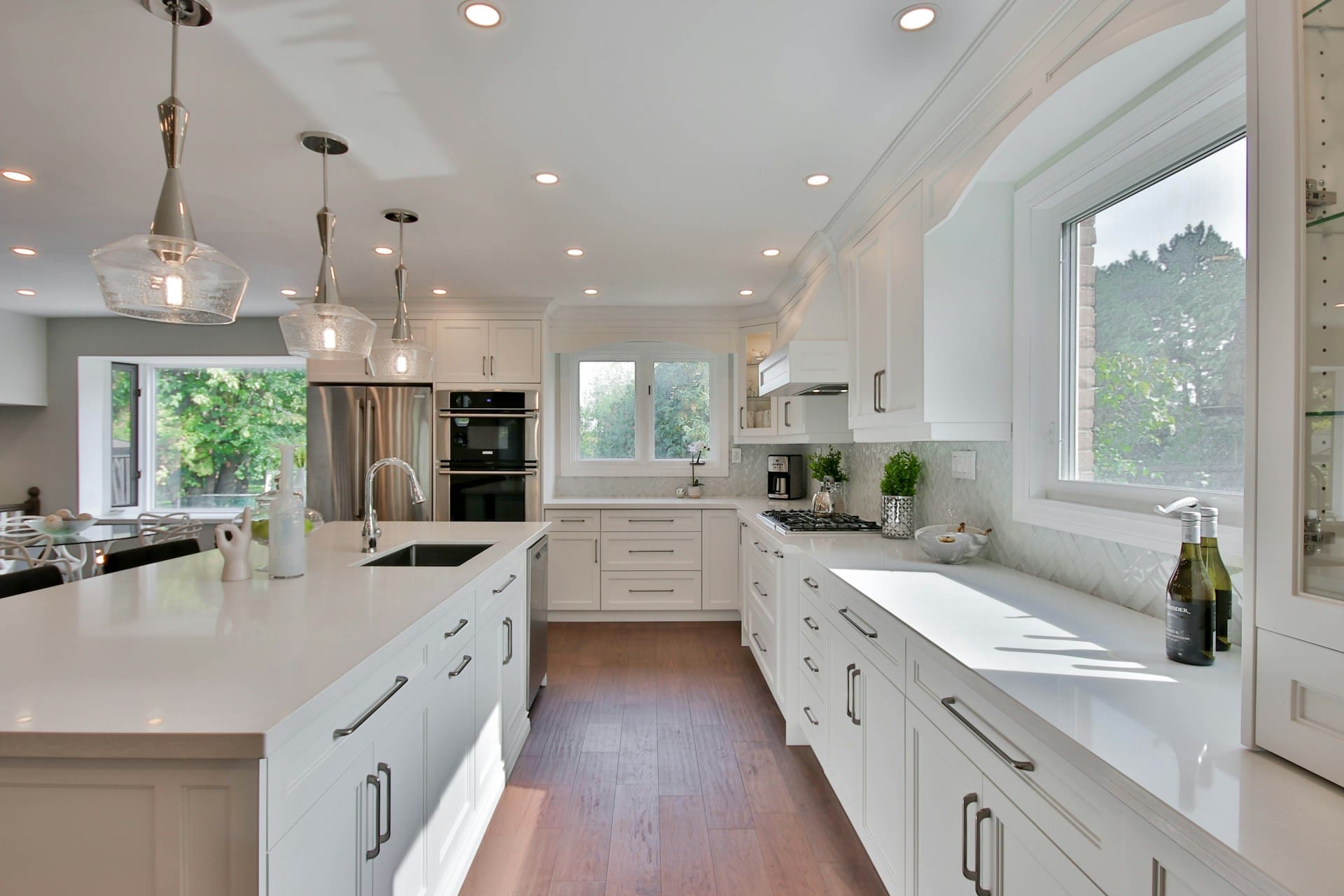
Navigating the Elements: How Weather Impacts Paint Performance
Weather plays a huge role in the success of any paint job, affecting everything from application to longevity. Whether it’s the scorching heat of summer or the humidity of a rainy day, understanding how to navigate these conditions is key. Weather conditions can impact how paint adheres, dries, and ultimately how long it lasts on surfaces.
Different aspects like temperature, humidity, and even sunlight exposure each bring unique challenges to painting projects. For example, extreme temperatures can impede drying, while heavy rain can wash away freshly applied paint. These elements are crucial considerations for anyone planning a paint job—a simple oversight could lead to time-consuming and costly mistakes.
Professionals equipped with the right expertise and tools can expertly manage these weather-related challenges. They know the best techniques and products to use, ensuring a beautiful finish and lasting protection. Knowing how weather affects paint helps in selecting the right time and method for any painting task, safeguarding your investment and enhancing your property’s curb appeal.
Effects of Temperature on Paint Application
Temperature is a critical factor influencing the success of paint application. High temperatures can cause paint to dry too quickly, preventing proper film formation. This rapid drying can lead to issues like uneven application and brush marks. Conversely, low temperatures can slow drying and curing processes. This might result in a sticky or improperly hardened surface, which is prone to damage.
The recommended temperature for optimal paint application is typically between 50°F and 85°F. Within this range, paint can dry at an appropriate rate, allowing it to adhere well and cure properly. It’s essential to monitor both air and surface temperatures, as direct sunlight or shade can alter surface temperature even when the air temperature is ideal.
Painting outside the ideal temperature range can have significant consequences. If it’s too hot, paint may bubble or form a skin that traps moisture, leading to peeling. If it’s too cold, moisture from dew or frost can compromise the paint adherence, resulting in flaking or uneven finish. Being mindful of temperature conditions when planning a painting project can help avoid these issues, ensuring a stable and lasting paint job.
Humidity and Its Influence on Paint
Humidity levels play a significant role in determining the outcome of a paint job. When humidity is high, moisture in the air can interfere with the paint’s ability to dry and adhere properly. This can lead to problems like blistering, bubbling, or an uneven finish. Paint may also take much longer to dry, increasing the chances of smudging or attracting dirt and debris.
On the other hand, low humidity can cause problems as well. Paint might dry too rapidly, resulting in cracks and inadequate coverage. The finish may appear uneven, and the paint might not have enough time to level out before it sets.
Professionals use several methods to address humidity-related challenges. They often schedule painting projects during times of day when humidity is lower, such as mid-morning or early afternoon. Additionally, using specially formulated paints that are designed to perform well in varying humidity levels can be an effective solution. Dehumidifiers or climate-controlled environments can also be used indoors to help maintain optimal conditions. By understanding and adapting to humidity conditions, professionals ensure a smooth and durable paint finish.
The Impact of Rain and Moisture
Rain and moisture can severely affect the durability and appearance of paint. Water exposure can cause paint to blister, peel, or wash away before it has fully cured. Moisture trapped beneath paint layers not only affects the aesthetic quality, resulting in an uneven or patchy look, but it can also lead to structural damage over time.
Timing is crucial when planning exterior painting projects. Checking weather forecasts ensures that there will be a dry spell sufficient for paint to dry and cure properly. Professionals monitor weather patterns closely to avoid starting a project right before rainfall. This careful scheduling helps ensure that the paint has the best chance to adhere well and last longer.
Professionals employ waterproofing techniques to protect painted surfaces. Using moisture-resistant primers before painting adds an extra layer of protection against rain. High-quality sealants are also applied to help block water from penetrating the paint film and underlying surfaces. These steps contribute significantly to extending the life of the paint, making it resilient against harsh weather conditions and preserving its fresh look for longer.
Sunlight and UV Exposure on Painted Surfaces
Sunlight and UV exposure are key factors in the fading and degradation of paint over time. Constant sun exposure breaks down the chemical bonds in paint, leading to color fading and surface chalking. Bright colors, in particular, can lose their vibrancy, making the paint job look older than it actually is.
There are several protective measures available to shield paint from UV damage. One effective method is the use of UV-resistant coatings, which provide an extra shield against the sun’s rays. These clear coats can be applied over the paint to protect both the color and the substrate. Additionally, awnings or landscaping can offer natural shade, cutting down on direct sunlight exposure.
Opting for high-quality paints is crucial in maintaining color vibrancy and structural integrity. These paints often contain UV-blocking agents and binders that resist fading and surface damage. By combining quality materials with professional expertise, homeowners can achieve a lasting, vibrant finish that stands the test of time.
Conclusion
Understanding the effects of weather on paint is essential for anyone planning an exterior painting project. Each weather element presents unique challenges and opportunities, from managing temperature and humidity to protecting against moisture and UV rays. Successfully navigating these factors ensures that a paint job will look great and last longer.
Hiring professionals like those at GEM Painting & Trim provides the peace of mind that your painting project is handled by experts who understand these complexities. As your partner exterior painting contractor, we provide insight into weather-related challenges and solutions, allowing us to deliver results that both enhance and protect your home. If you’re looking to update your home’s exterior with a fresh coat of paint, reach out to GEM Painting & Trim. Our team is ready to help you achieve a beautiful and durable finish that will withstand the tests of time and weather.





